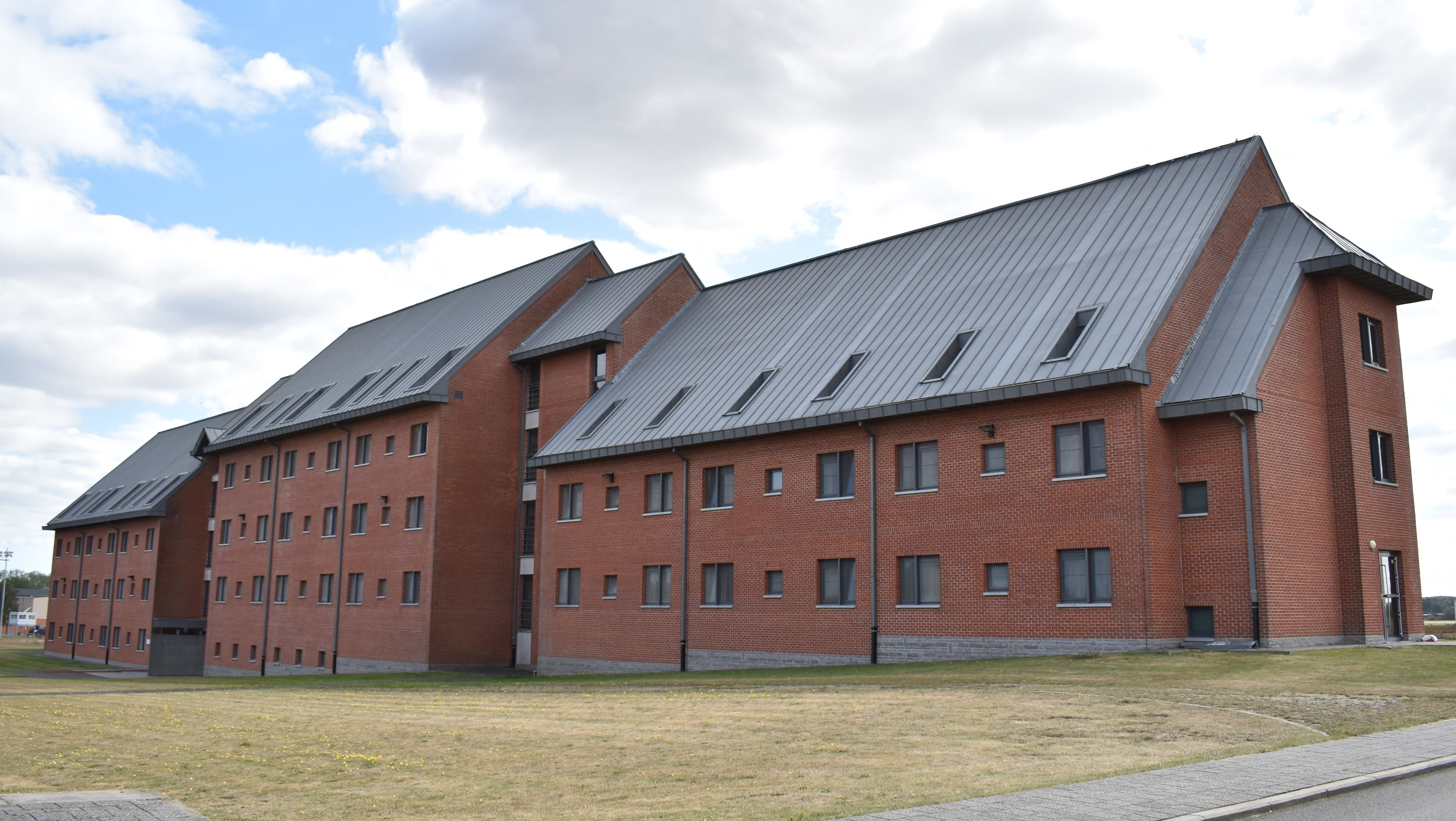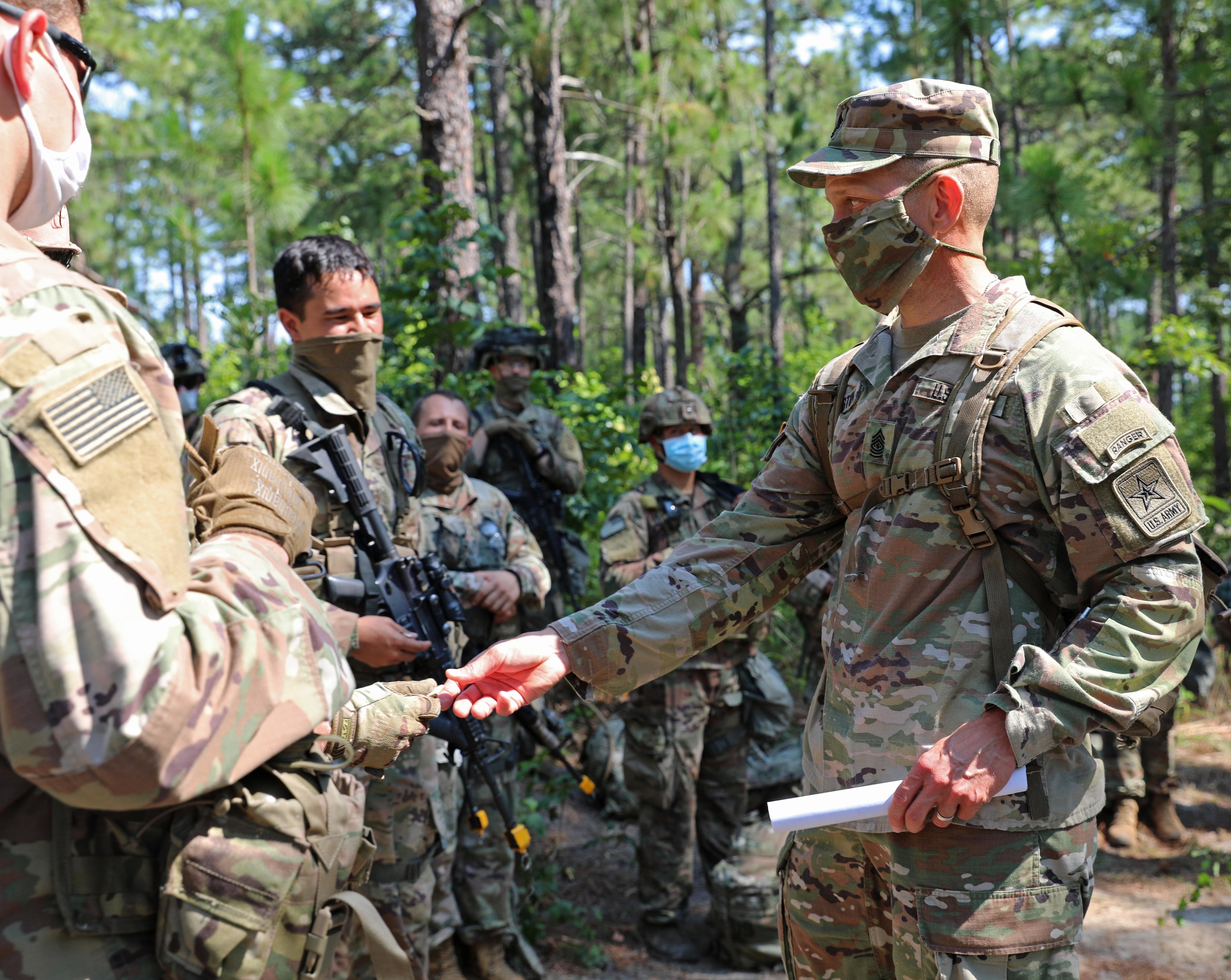Sergeant Major of the Army Michael Grinston says there will be a large investment in barracks facilities coming to Army installations over the next 10 years.
“Our goal is, by 2030, we are not going to have any Q4 or Q3 barracks in the United States Army,” Grinston said Tuesday during the virtual Association of the United States Army conference.
The Army uses quality ratings to guide its allocation of resources.
A Q3-rated facility is one that fails to meet the Army’s minimum standards, and the cost to improve it is no more than 40 percent of the replacement value. A Q4 rating means the building fails to meet minimum standards, but the cost to improve it would exceed 40 percent of the replacement value.
To achieve its goals, the Army has requested $9.6 billion for barracks repair and reconstruction that will continue through fiscal 2030. Between fiscal years 2014 and 2019, Army Installation Management Command spent roughly $1.9 billion on repairs to barracks at Fort Hood, West Point, Fort Riley, Fort Bragg and elsewhere.
Grinston told Army Times in February that barracks improvements would take place at domestic and overseas posts, but would be done judiciously, prioritizing the worst-kept barracks.
RELATED

The Army owns about 6,700 barracks facilities, and almost all installations with barracks have at least one in a Q3 or Q4 status, Army Materiel Command officials told Army Times earlier this year.
“I’ve also been going out to the barracks," Grinston said, "and I’d ask for every leader and every soldier, when we re-do the barracks, you have to do your part to maintain the barracks.”
Part of that responsibility falls on those who live in those facilities, but it also falls on leadership, according to Grinston. With rooms changing hands regularly as young troops rotate through, leaders must regularly check out where their troops live and address problems like mold, plumbing issues and derelict heating and cooling systems.
RELATED

“It is okay to walk through the barracks. If something is not right, demand — not just ask — demand that we fix it,” Grinston said.
“Why are the lights out, why is this door broken … why is the refrigerator [out], why does the laundry, washer and dryer not work?” Grinston told leaders to ask. “And then demand that somebody come fix it today.”
In addition to the problem with substandard barracks, there’s also a noticeable gap in their quality across the military. Some barracks don’t have air conditioning, and even some that do have old units that need to be updated.
Shortly after Grinston took on the job as the Army’s top enlisted soldier, he said barracks improvements topped his list of quality of life issues and promised he would address them during the first year of his tenure.
Grinston told Army Times earlier this year that the goal is to have all Q1- and Q2-rated buildings, meaning the facilities meet Army standards and that the cost to improve them would not exceed 10 or 20 percent, respectively, of their replacement value.
Kyle Rempfer was an editor and reporter who has covered combat operations, criminal cases, foreign military assistance and training accidents. Before entering journalism, Kyle served in U.S. Air Force Special Tactics and deployed in 2014 to Paktika Province, Afghanistan, and Baghdad, Iraq.





